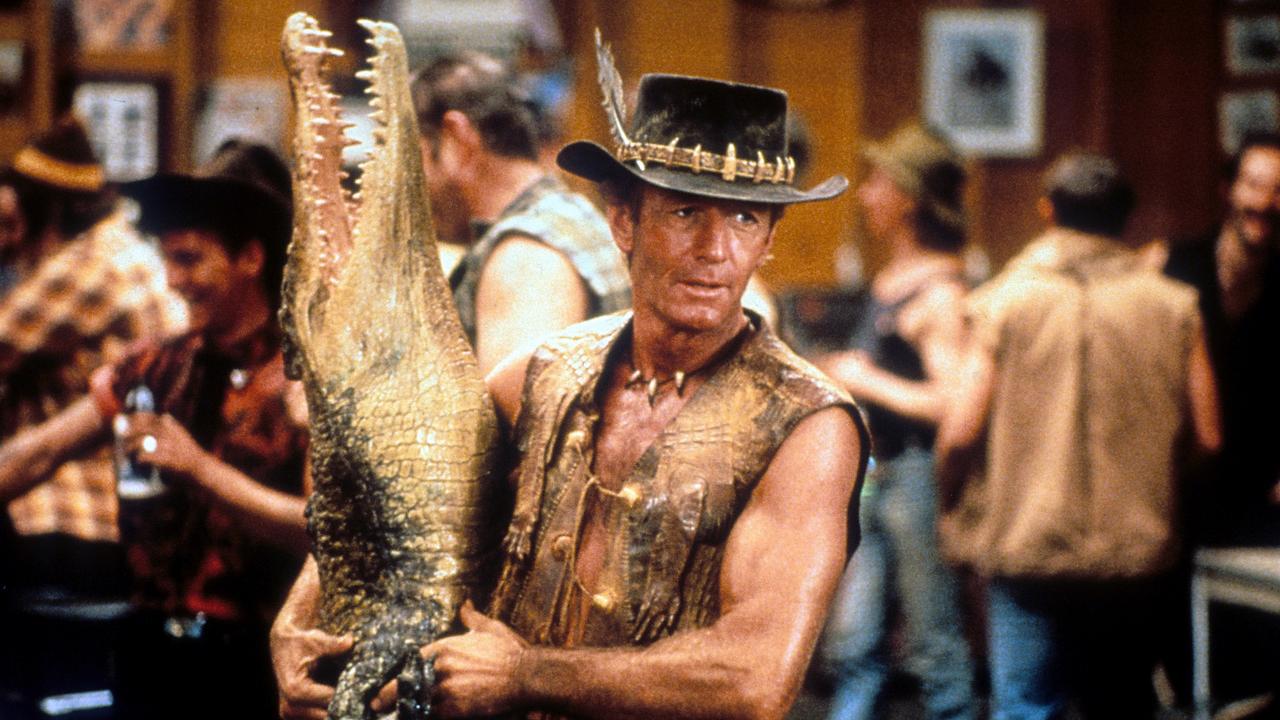Public Works: Greg Johns
SO passionate is Greg Johns about his craft that in 2001 he set up his own sculpture park and sculpture biennial in the Adelaide Hills.

SO passionate is Greg Johns about his craft that in 2001 he purchased about 162ha of barren land in South Australia's Adelaide Hills and set up his own sculpture park and sculpture biennial.
The property, at Palmer, about 70km east of Adelaide, is part of Johns's personal crusade to promote sculpture. He is also rehabilitating the denuded land, with plans to re-establish the native vegetation.
Johns says his intention at Palmer is to create a sculpture landscape rather than a sculpture park because he feels the concept of a park is too artificial. He is also dedicated to displaying sculpture that reflects the Australian landscape.
"As a sculptor working in this great landscape, I remain perplexed by how little sculpture produced in Australia reflects this place," he says. "We are perhaps locked into our cities and computers; as well as being overloaded by the international. This was a factor I considered in deciding to acquire a rural property at Palmer, placing sculptures that engage this archetypal Australian landscape. The intention is to create a sculpture landscape, in contrast to a sculpture park. It is a 20-year project."
Johns was born in Adelaide in 1953. He trained at the South Australian School of Art and has worked as a full-time sculptor since 1978. He is a member of the New York Sculptors Guild and the International Sculpture Centre, and has had public and private commissions across Australia and, for example, in Japan, England, Spain and the US.
Throughout his career, Johns has been influenced by Celtic art, physics, Zen Buddhism, New Guinea art and Constantin Brancusi, writer Ken Scarlett notes. Initially Johns was known for his monumental abstract sculptures, but at Palmer there has been a further development where he has found his links with the local landscape.
One of Johns's works, Guardian Figures, is in the collection of Canberra's Australian National University and is on display as part of the university's sculpture walk, which consists of about 60 outdoor sculptures spread throughout the campus on the shores of Lake Burley Griffin. The walk is open to the public, but before you walk (or drive) around the campus, try to get hold of the free brochure that gives information about each sculpture and its location on a map. (Ring the ANU Drill Hall Gallery, 02 6125 5832, to get a copy.)
Guardian Figures can be found on the lawn in front of the H.C. Coombs Building and was commissioned by the university in 2003, says Nancy Sever, director of the ANU Art Collection. According to Sever, there are several recurring visual motifs in Johns's work that he has continuously explored and refined. "One of these is the circle, a cultural symbol found in the art of the Celts, his eponymous ancestors, and that of the Australian Aborigines, on whose ancestral land Guardian Figures stands," she says.
The circle is central to many of the intellectual disciplines Johns has explored during the past three decades: physics, geometry, cosmology and mythology.
"Guardian Figures conjures up a pair of protective spirits, gatekeepers, at once solidly anchored by the dead weight of their material but alive with movement suggested by their swirling spirals and emphasised by the fact there are two of them," Sever says.
"The artist has taken the circle and extruded it into a third dimension, turning it into a helix whose lines spiral upwards to an apex then downwards in the opposite direction. When I look at Guardian Figures I think of the dazzling displays by Chinese acrobats twirling long ribbons of cloth that seem to have a life of their own as the dancers leap across the stage. I think of Greg Johns as an alchemist."
Greg Johns, Guardian Figures, 2003, Australian National University Collection. On display ANU sculpture walk outside H.C. Coombs Building, Acton campus, Canberra.


